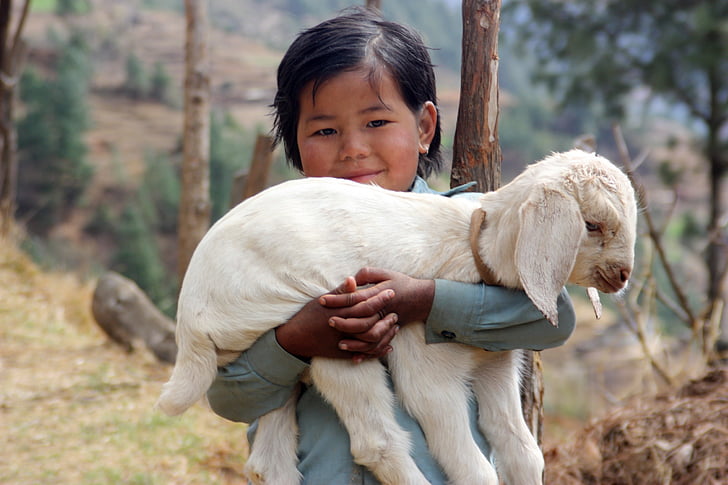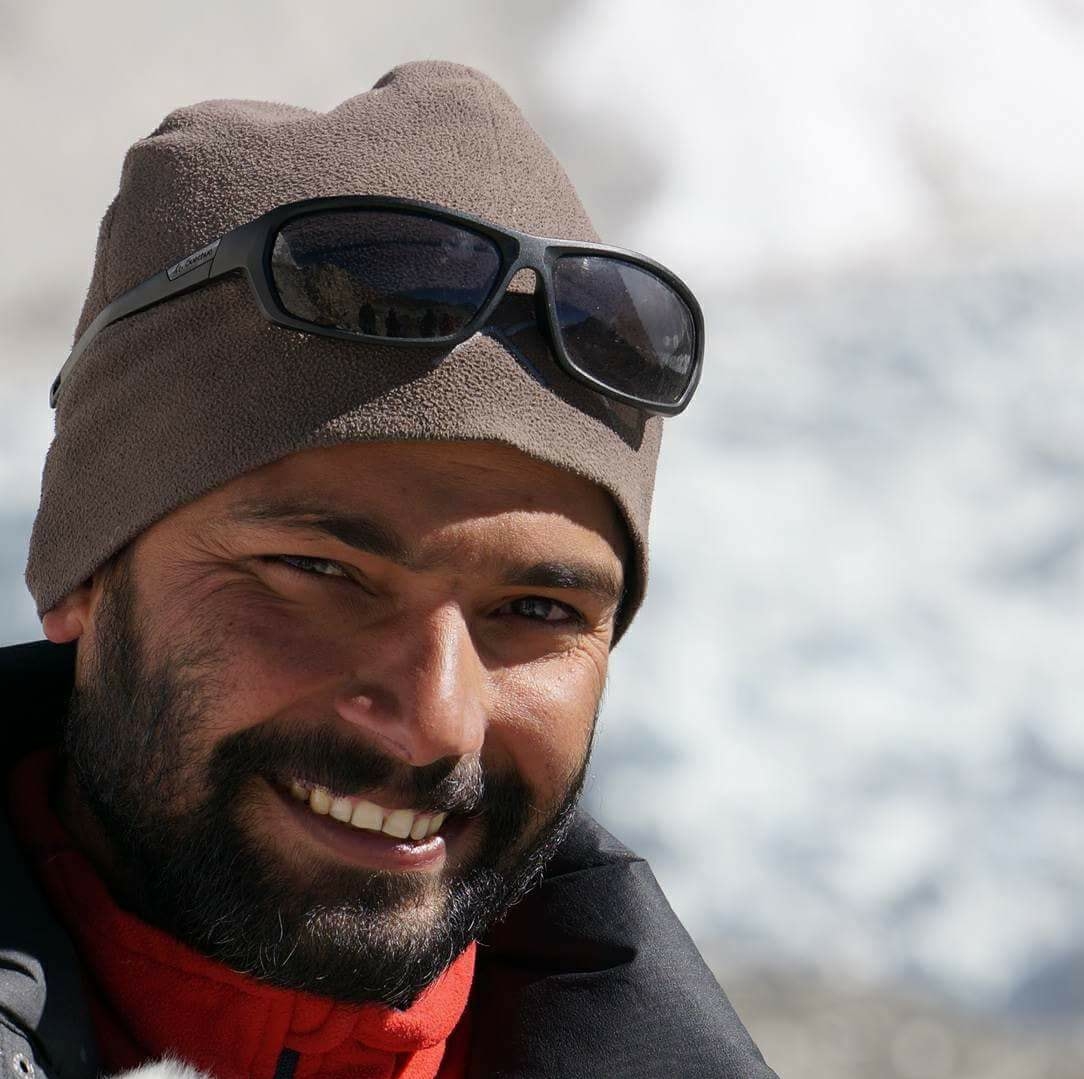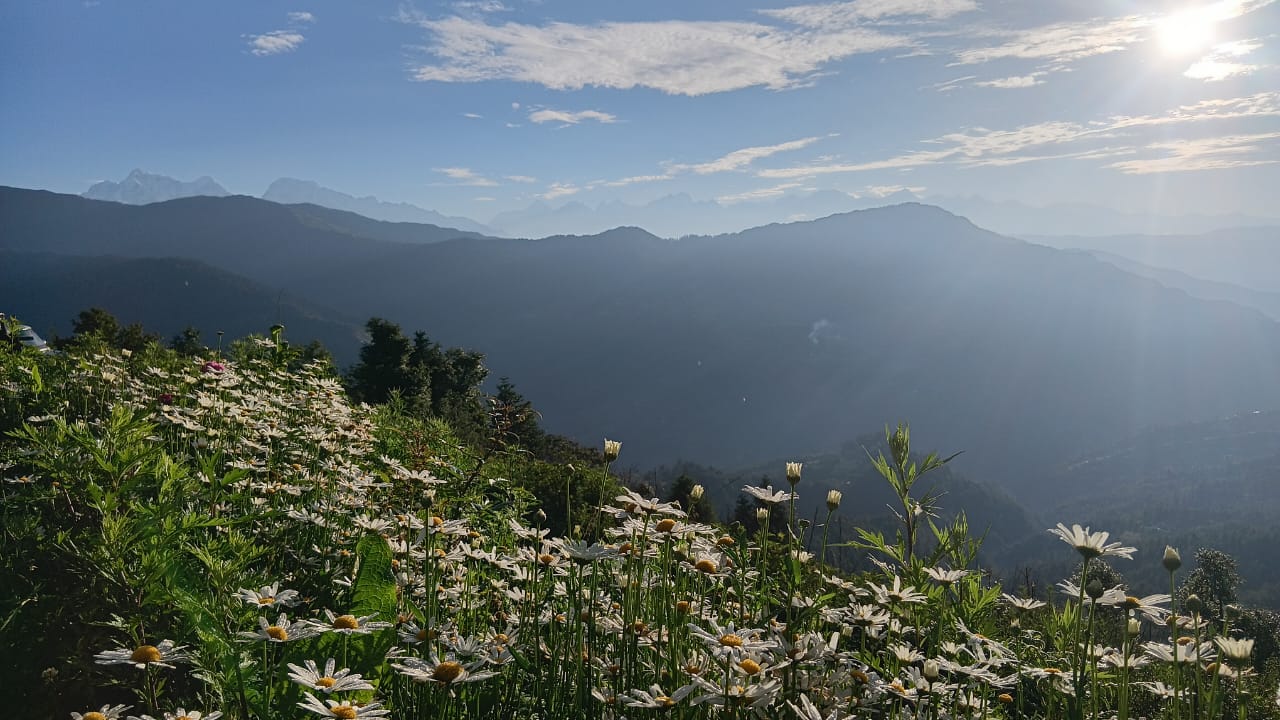When families dream of trekking in the Himalayas, most immediately think of Everest Base Camp or Annapurna Circuit. But after a decade of guiding families through Nepal’s mountain trails, I’ve discovered a hidden gem that’s perfect for introducing children to high-altitude trekking: the Pikey Peak Trek.
Located in the lower Everest region, this relatively new trekking route offers stunning mountain views, rich Sherpa culture, and most importantly for families, a manageable challenge that won’t overwhelm young adventurers.
Why Pikey Peak Works for Families
The Perfect Introduction to High-Altitude Trekking
At 4,065 meters (13,335 feet), Pikey Peak provides that genuine Himalayan experience without the extreme altitudes that can be dangerous for children. The trek reaches a height that’s challenging enough to feel like a real achievement, yet stays within safe limits for most kids over 8 years old.
During my years of leading family treks, I’ve noticed that children often struggle more with the psychological challenge of “never-ending” trails than physical difficulty. Pikey Peak’s moderate duration of 5-7 days feels achievable to young minds, unlike the 12-16 day epics of more famous routes.
Spectacular Views Without the Crowds
From Pikey Peak’s summit, families are rewarded with one of Nepal’s most comprehensive mountain panoramas. On clear mornings, you’ll see Everest, Lhotse, Makalu, Cho Oyu, and dozens of other peaks stretching across the horizon. What makes this special for families is the intimate setting – you’re unlikely to share this moment with hundreds of other trekkers.
The sunrise view from Pikey Peak is often compared to the famous Kala Patthar viewpoint near Everest Base Camp, but without the crowds, extreme altitude, or prohibitive cost that can make family travel challenging.
Age Recommendations and Physical Requirements
Ideal Age Range: 8-16 Years
Through extensive experience with family groups, I’ve found that children aged 8-16 get the most from this trek. Younger children may struggle with the daily walking duration (4-6 hours), while teenagers often appreciate the cultural immersion and photography opportunities the route provides.
For ages 8-10: Focus on the adventure and cultural aspects rather than summit goals. These children often do better when the trek is framed as “exploring Sherpa villages” rather than “climbing a mountain.”
For ages 11-14: This is the sweet spot. Kids this age can handle the physical challenge while still maintaining enthusiasm for the cultural experiences along the way.
For ages 15-16: Teenagers can fully appreciate both the physical achievement and cultural significance of the trek, making it an excellent bonding experience for families.
Physical Fitness Requirements
Unlike more demanding Himalayan treks, Pikey Peak doesn’t require months of intensive training. However, families should prepare together:
Minimum fitness level: Ability to walk 4-6 hours daily on varied terrain with a light daypack (2-3 kg for children).
Recommended preparation: Regular weekend hikes of 2-3 hours, focusing on building endurance rather than speed. Swimming and cycling are excellent complementary activities for building cardiovascular fitness.
Special considerations for children: Young bodies adapt differently to altitude and exertion. Plan for more frequent rest stops and be prepared to adjust daily distances based on how children are feeling.
Route Overview: What to Expect
Day-by-Day Breakdown
Day 1: Kathmandu to Dhap (2,850m) The adventure begins with a scenic drive through terraced hillsides to the trailhead at Dhap. This first day allows families to adjust to the mountain environment gradually.
Day 2: Dhap to Jhapre (2,920m) A gentle introduction to Himalayan trekking through rhododendron forests and traditional Sherpa settlements. Children often love spotting prayer flags and learning about their significance.
Day 3: Jhapre to Pikey Base Camp (3,640m) The first real altitude gain, but spread over several hours with plenty of opportunities to rest and enjoy mountain views. This is where families start feeling the genuine high-altitude experience.
Day 4: Summit Day – Pikey Peak (4,065m) and return to Junbesi (2,700m) The big day! An early morning start (around 4:30 AM) rewards families with sunrise over the world’s highest peaks. The descent to Junbesi provides welcome relief and a chance to explore one of the region’s most important monasteries.
Day 5: Junbesi to Phaplu and return to Kathmandu A cultural immersion day visiting Thubten Choling Monastery before the short flight back to Kathmandu.
Alternative Itinerary for Younger Children
For families with children under 10, consider this modified approach:
- Extend the trek to 7-8 days with shorter daily distances
- Skip the pre-dawn summit attempt, instead reaching Pikey Peak base camp and enjoying sunset views
- Add an extra acclimatization day in Junbesi for monastery visits and cultural activities
- Consider hiring ponies for the steepest sections
Cultural Immersion Opportunities
Living Sherpa Culture
One of Pikey Peak’s greatest advantages for families is the authentic cultural experience. Unlike the more commercialized routes, this trek takes you through villages where traditional Sherpa life continues largely unchanged.
Monastery visits: Children are often fascinated by the spinning prayer wheels, colorful murals, and chanting ceremonies at Thubten Choling Monastery in Junbesi.
Homestay opportunities: Several villages offer family-run lodges where children can observe daily life, help with simple tasks, and practice basic Nepali or Sherpa phrases.
Traditional crafts: Many villages still practice traditional weaving, wood carving, and yak herding. Children love watching these ancient skills and often get hands-on experience.
Educational Value
This trek provides natural learning opportunities across multiple subjects:
- Geography: Understanding altitude effects, weather patterns, and mountain formation
- Culture: Buddhist philosophy, Sherpa customs, and traditional mountain life
- History: The role of Everest expeditions and how they’ve shaped local communities
- Environmental science: Alpine ecosystems, conservation challenges, and climate change impacts
Safety Considerations for Families
Altitude Sickness Prevention
While Pikey Peak’s maximum altitude is relatively safe, children can still be affected by altitude sickness. Key prevention strategies include:
- Gradual ascent: The trek’s profile naturally allows for proper acclimatization
- Hydration: Children need constant reminding to drink water at altitude
- Recognition of symptoms: Headaches, nausea, and unusual fatigue should be taken seriously
- Descent plan: Always be prepared to descend if a child shows concerning symptoms
Medical Preparedness
- Essential medications: Include children’s pain relievers, altitude sickness medication (consult your pediatrician), and any prescription medications with extras
- First aid training: At least one parent should have basic first aid knowledge
- Emergency contacts: Carry satellite communication devices for true emergencies
- Insurance: Ensure your travel insurance covers high-altitude trekking and helicopter evacuation
Weather Considerations
- Best seasons: October-November and March-May offer the most stable weather
- Monsoon season (June-September): Not recommended for families due to leeches, slippery trails, and obscured views
- Winter trekking (December-February): Possible for experienced families but requires advanced cold-weather gear
Accommodation and Logistics
Lodge Standards and Facilities
The lodges along the Pikey Peak route are generally family-friendly, though expectations should be managed:
- Basic comfort: Clean beds with blankets, shared bathroom facilities, and simple but nutritious meals
- Heating: Most lodges have common areas with wood stoves, but individual rooms can be cold
- Electricity: Limited and unreliable; bring power banks and headlamps
- Food safety: Stick to well-cooked foods and bottled or treated water
Packing Essentials for Families
Clothing layers for children:
- Moisture-wicking base layers
- Insulating mid-layers (fleece or down)
- Waterproof shell jacket and pants
- Warm hat, sun hat, and gloves
- Quality hiking boots (broken in before the trek)
Family-specific gear:
- Child-sized sleeping bags (lodges provide blankets but sleeping bags ensure warmth)
- Headlamps with extra batteries
- Water bottles with good insulation
- High-energy snacks familiar to children
- Entertainment for rest days (cards, books, travel games)
Technology considerations:
- Portable chargers/power banks
- Camera with extra memory cards
- GPS device or smartphone with offline maps
- Satellite communicator for emergencies
Cost Considerations
Budget Breakdown for a Family of Four
The Pikey Peak Trek is significantly more affordable than classic Everest region treks:
- Guide and porter services: $40-60 per day for experienced guide, $25-35 per day for porter
- Lodge accommodation: $5-15 per person per night (children often stay free in parents’ room)
- Meals: $5-10 per person per meal
- Transportation: $200-300 for private vehicle to/from trailhead
- Permits: $20 per person for trekking permit
- Total estimated cost: $1,200-2,000 for a family of four (5-day trek)
Money-Saving Tips
- Travel in shoulder seasons: March and November offer good weather with lower prices
- Group bookings: Combining with other families can reduce guide and porter costs
- Local guides: Hiring through village cooperatives often costs less than Kathmandu agencies
- Flexible itinerary: Being open to weather-dependent changes can save on emergency transportation
Why Pikey Peak Over Other Family Treks
Compared to Everest Base Camp
- Altitude safety: Maximum 4,065m vs 5,364m eliminates serious altitude sickness risks for children
- Duration: 5-7 days vs 12-16 days is more manageable for young attention spans
- Cost: Roughly half the expense of EBC treks
- Crowds: Intimate experience vs crowded trails and lodges
Compared to Annapurna Circuit
- Difficulty: More gradual ascent profile suitable for children
- Cultural authenticity: Less commercialized Sherpa culture vs heavily touristed areas
- Weather predictability: More stable conditions in prime seasons
- Rescue accessibility: Closer to potential helicopter evacuation points
Compared to Gokyo Lakes
- Technical difficulty: No technical sections vs some challenging terrain
- Accommodation: Better lodge infrastructure for families
- Route flexibility: Multiple exit options if children struggle
Real Family Experiences
The Johnson Family’s Story
Last October, I guided the Johnson family from Colorado – parents Mark and Sarah with children Emma (11) and Jake (14). Their Pikey Peak experience perfectly illustrates why this trek works for families.
Emma initially worried about keeping up with the group, but the gradual ascent profile allowed her to build confidence daily. By day three, she was leading portions of the trail and teaching other trekkers Sherpa words she’d learned from our guide.
Jake, initially skeptical about “just another family vacation,” became fascinated with photography and spent hours capturing morning light on the peaks. His Instagram posts from the summit still inspire his friends to consider their own adventures.
The parents appreciated how the trek challenged their children without overwhelming them, creating genuine family bonding moments without the stress of more extreme routes.
Preparing Your Family for Success
Pre-Trek Training Schedule
8 weeks before departure: Begin weekend hikes of 2-3 hours with gradual distance increases. Focus on building endurance rather than speed.
6 weeks before: Add backpack weight gradually. Children should carry their own daypack with snacks, water, and extra layer.
4 weeks before: Practice early morning starts to prepare for summit day. Include night hiking with headlamps to build confidence.
2 weeks before: Final gear checks and shorter maintenance hikes. Focus on mental preparation and excitement building.
Managing Expectations
For parents:
- Your children will surprise you with their resilience
- Flexibility is more important than rigid itinerary adherence
- The journey matters more than reaching specific destinations
- Some days will be challenging – that’s part of the growth experience
For children:
- Frame the trek as an adventure, not an endurance test
- Emphasize the cultural learning opportunities
- Prepare them for basic lodge conditions
- Create excitement about achieving something few of their peers have done
Building Cultural Sensitivity
Before departure, families should learn about:
- Basic Buddhist concepts and respect for religious sites
- Sherpa history and their relationship with mountaineering
- Environmental conservation challenges in the Himalayas
- Appropriate behavior in traditional communities
Making the Decision: Is Your Family Ready?
Green Light Indicators
Your family is likely ready for Pikey Peak if:
- Children can comfortably hike 3-4 hours with breaks
- Family members are adaptable to basic accommodation
- Everyone is excited about cultural learning opportunities
- You have flexibility in your schedule for weather delays
- Children understand this is a team effort requiring mutual support
Red Light Warnings
Consider postponing if:
- Any family member has serious medical conditions affecting physical activity
- Children are unwilling participants being forced to go
- Your timeline is inflexible and cannot accommodate weather delays
- The family lacks experience with multi-day outdoor activities
- Budget constraints would create stress during the trek
The Middle Ground: Building Up to Pikey Peak
If your family isn’t quite ready for Pikey Peak, consider these stepping stones:
- Ghorepani Poon Hill Trek (3-4 days, lower altitude)
- Australian Base Camp Trek (short helicopter-supported option)
- Day hikes around Kathmandu Valley to gauge children’s interest and ability
Conclusion: A Trek That Transforms Families
After guiding dozens of families through the Himalayas, I can confidently say that Pikey Peak offers the perfect balance of challenge, safety, and cultural richness for family trekking. It’s demanding enough to create genuine achievement and bonding, yet manageable enough to remain enjoyable for children.
The trek teaches children that they’re capable of more than they imagined, while parents discover new aspects of their children’s personalities. The shared challenge creates family stories that last decades, and the cultural immersion provides perspectives that broaden young minds.
Most importantly, Pikey Peak often serves as a gateway to lifelong adventure travel for families. I’ve guided several families who started with Pikey Peak and returned years later for more ambitious treks as their children grew.
The question isn’t whether Pikey Peak is suitable for kids – it’s whether your family is ready to discover what you’re capable of together. With proper preparation, realistic expectations, and the right attitude, this trek can become one of your family’s most treasured shared experiences.
The mountains are calling, and your family adventure awaits on the trails leading to Pikey Peak. The sunrise view from that summit, shared with the people you love most, creates memories that no photograph can fully capture and no amount of money can buy.
Have you trekked with your family in Nepal? Share your experiences in the comments below, or contact me for personalized family trekking advice based on your specific situation and children’s ages.


